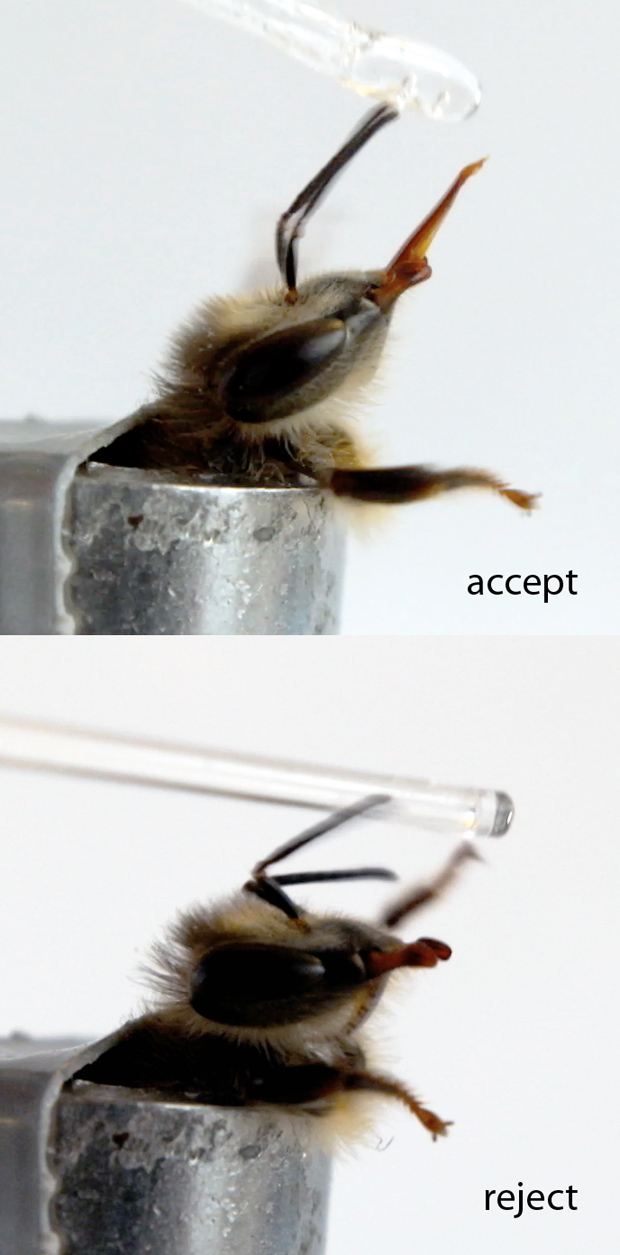Hi Folks
Yet another bit of science contributing to the overall picture of the effect of pesticides on bees. James Nieh's team in California.
Boil it all down and pare away all the spin and what do you get? Bees fed 24 ppb imidacloprid (that's 20+ times the exposure expected in the UK from seed treatment of oilseed rape) were temporarily affected. The effect was to make them less keen on lower concentrations of sugar. Less proboscis extension in trapped bees, less waggle dancing for the weaker sugar. The effect was measured 1 hour after treatment and, guess what, 24 hours after treatment the effect had gone. Just as would be predicted from the work that shows that imidacloprid has a half life in a bee of about 5 hrs.
All wrapped up in the usual hype and spun to within an inch of its life. The University of San Diego claims this 'sheds light' on one of the main culprits suspected to be behind recent bee declines.'
http://ucsdnews.ucsd.edu/pressreleases/commonly_used_pesticide_turns_honey_bees_into_pick y_eaters/
So, what this research seems to say is that if bees are exposed to much greater levels than are encountered in properly regulated agriculture, there is a temporary effect. The effect noted will *decrease* the propensity of the colony to forage on the dangerous flowers and presumably decrease the threat to the colony (obviously a good thing). Then the colony recovers quickly. This work just confirms that the way these compounds are used in the UK is OK, but over-dosing and over-use could be dangerous.
Let the spinning, campaigning, and piss-poor journalism commence .....
Gavin
-------------------------------------------------------
http://jeb.biologists.org/content/215/12/2022.abstract
A nicotinic acetylcholine receptor agonist affects honey bee sucrose responsiveness and decreases waggle dancing
Daren M. Eiri* and
James C. Nieh
A nicotinic acetylcholine receptor agonist, imidacloprid, impairs memory formation in honey bees and has general effects on foraging. However, little is known about how this agonist affects two specific aspects of foraging: sucrose responsiveness (SR) and waggle dancing (which recruits nestmates). Using lab and field experiments, we tested the effect of sublethal doses of imidacloprid on (1) bee SR with the proboscis extension response assay, and (2) free-flying foragers visiting and dancing for a sucrose feeder. Bees that ingested imidacloprid (0.21 or 2.16 ng bee–1) had higher sucrose response thresholds 1 h after treatment. Foragers that ingested imidacloprid also produced significantly fewer waggle dance circuits (10.5- and 4.5-fold fewer for 50% and 30% sucrose solutions, respectively) 24 h after treatment as compared with controls. However, there was no significant effect of imidacloprid on the sucrose concentrations that foragers collected at a feeder 24 h after treatment. Thus, imidacloprid temporarily increased the minimum sucrose concentration that foragers would accept (short time scale, 1 h after treatment) and reduced waggle dancing (longer time scale, 24 h after treatment). The effect of time suggests different neurological effects of imidacloprid resulting from the parent compound and its metabolites. Waggle dancing can significantly increase colony food intake, and thus a sublethal dose (0.21 ng bee–1, 24 p.p.b.) of this commonly used pesticide may impair colony fitness.










Bookmarks